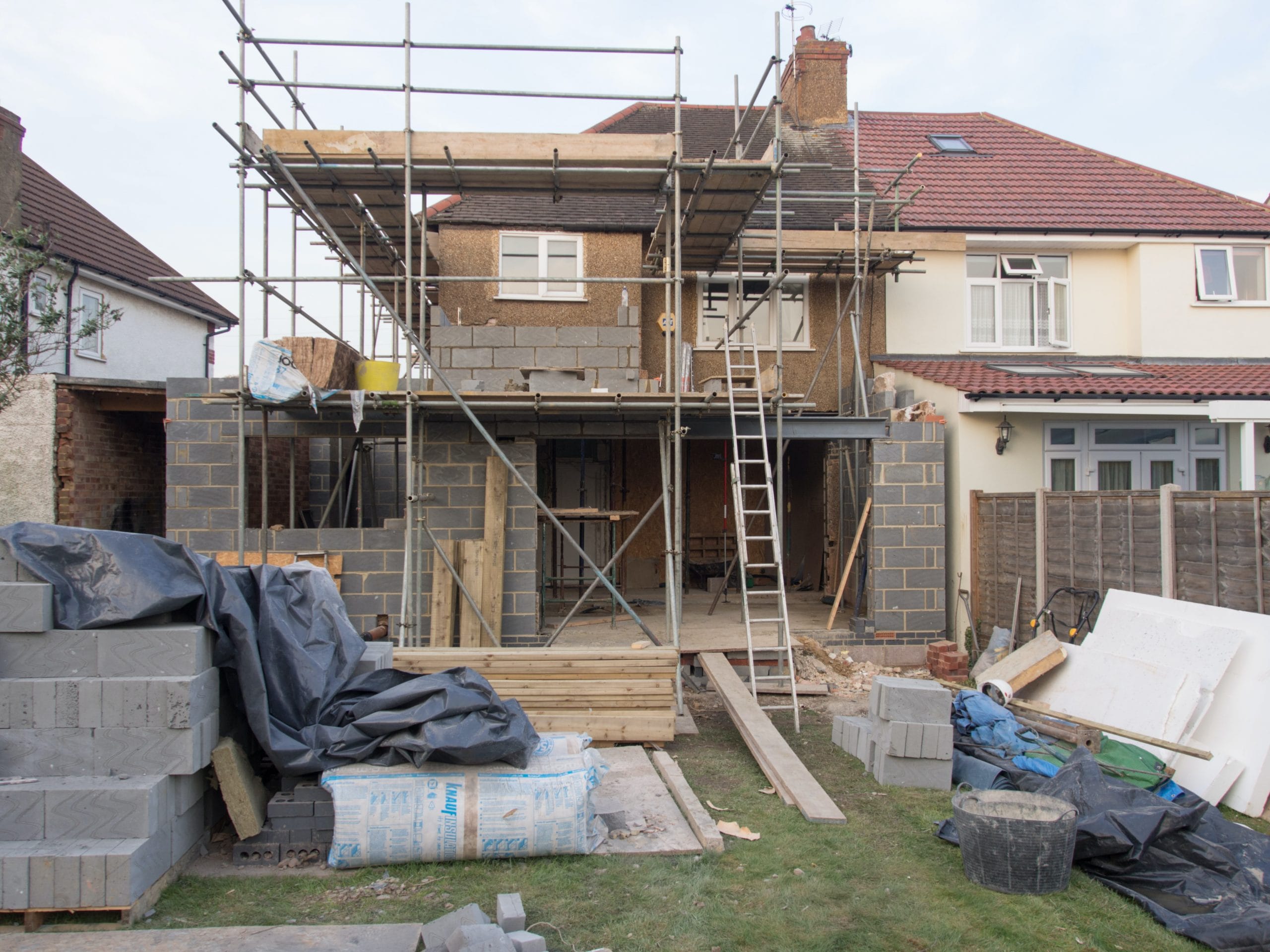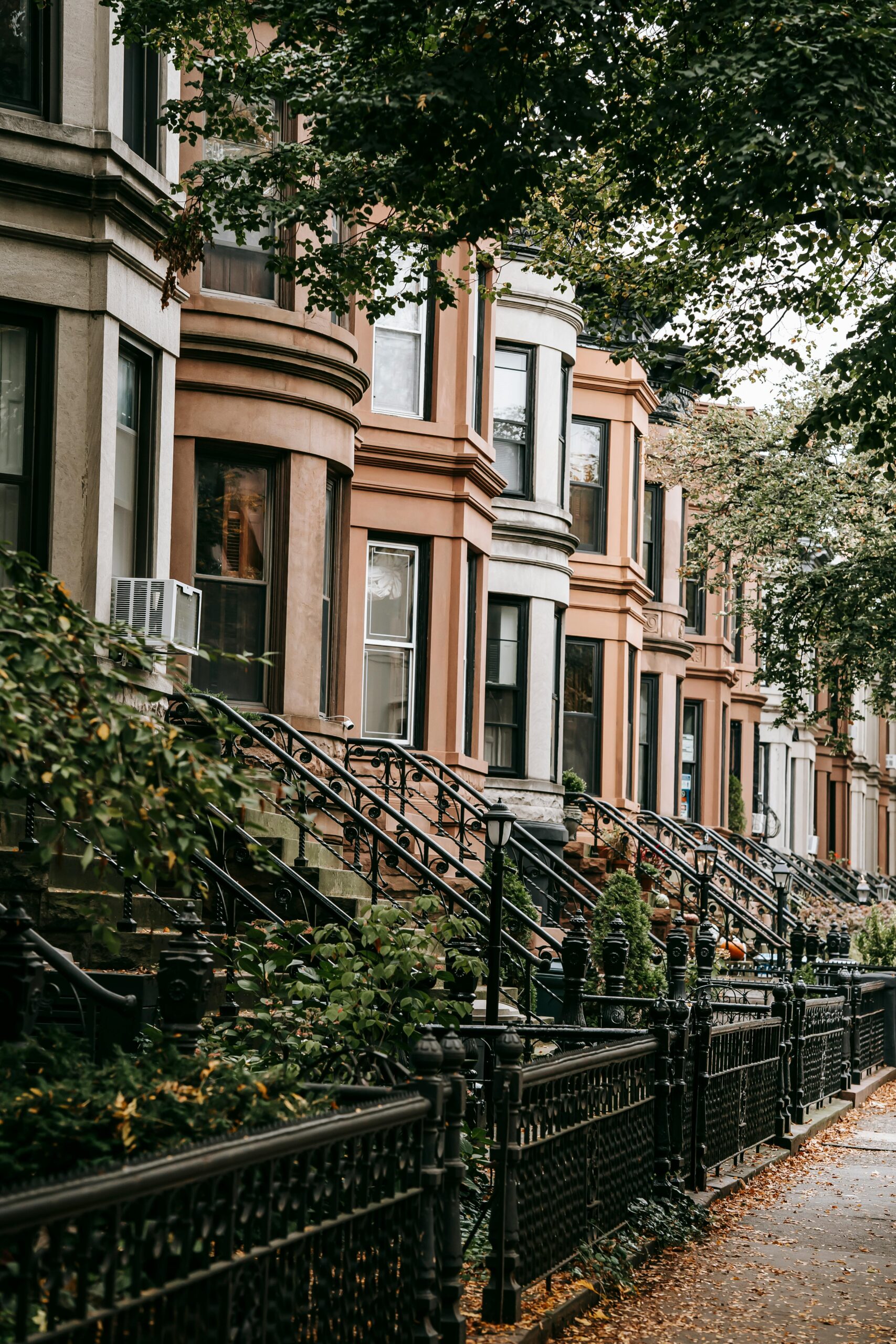- A lot of citizens – on both sides of the issue – showed up at the latest Austin City Council meeting to discuss the possible adoption of the HOME 2 changes.
- On Friday May 17, the City Council adopted some changes that will greatly reduce minimum lot size and compatability requirements.
- These changes should help housing affordability in Austin.
More potential good news from the Austin City Council this week. Its really been pretty impressive how aggressive this City Council has been at opening up avenues for more housing development.
At the May 16 City Council meeting, the main topic was the potential adoption of the HOME 2 changes to the development code. The council chambers overflowed with residents, both for and against the measure, highlighting the deep divisions within our community regarding how to address Austin’s growing affordability crisis. So lets talk about it.
Big Crowd on an Important Topic
Thursday was the big day at City Council. A lot of citizens showed up – on both sides of the issue. According to Jack Craver’s Austin Politics Newsletter, more than 2500 people had registered to speak on the matter – including 1,456 people for and 972 against it. The meeting lasted late into the night and, as you can tell, had a lot of interest on both sides.
HOME 2: A Breakdown of Potential Changes
We wrote a few months ago about the initial HOME changes when the City Council adopted it. The big take away from that was to allow three separate units on a normal single family housing site. And now the City Council is back for more. On Friday May 17, they passed HOME part two.
What is Home 2 exactly? It’s the Home Options for Mobility and Equity changes to the Land Development Code (previously called Home Options for Middle-Income Empowerment). The new provisions will greatly reduce the minimum lot size for a single family home in Austin. Currently, the minimum size is 5,750 square feet. With the new amendment, the minimum lot size is decreased to 1800 square feet.
In addition, the City Council also amended compatibility requirements throughout Austin. As we have discussed in previous articles, Austin has some of the strictest neighborhood compatibility requirements around. Previously, developers could not build tall buildings within 540 feet of a single family home. And that has stilted growth along transportation corridors and limited housing. After Friday’s vote, that number will be decreased to 75 feet.
Will These Changes Help Affordability
At this point, a big reason housing is so unaffordable in Austin is because of the lack of supply. It’s a basic economic principle – the demand for housing has outpaced the supply. This drives prices upwards. By increasing the total number of homes and apartments, city councils can help tip the scales back in favor of residents.
One concrete step city councils can take is to revisit minimum lot size requirements. That’s why the Austin City Council voted to do just that. By lowering the minimum lot size the City Council opens the door for more development on existing land. This allows builders to create more housing units on the same amount of space, effectively increasing supply without sprawling outwards.
And obviously, another strategy is to relax compatibility requirements. These standards often dictate building heights and density based on the surrounding area. While these can be important for maintaining a neighborhood’s feel, overly restrictive compatibility requirements can stifle the development of taller buildings along transit corridors.
Relaxing these requirements in designated zones can pave the way for the construction of apartments and condominiums. This targeted approach allows for increased density where it makes sense, near public transportation and job centers, without compromising the character of established neighborhoods.
Building a More Affordable Future
By adopting a thoughtful approach that prioritizes increasing housing supply, Austin can start to tackle its affordability crisis. Lowering minimum lot sizes and strategically relaxing compatibility requirements are just two examples of tools that can unlock new development opportunities. And the fact that this City Council continues to consider new approaches is a credit to them.



